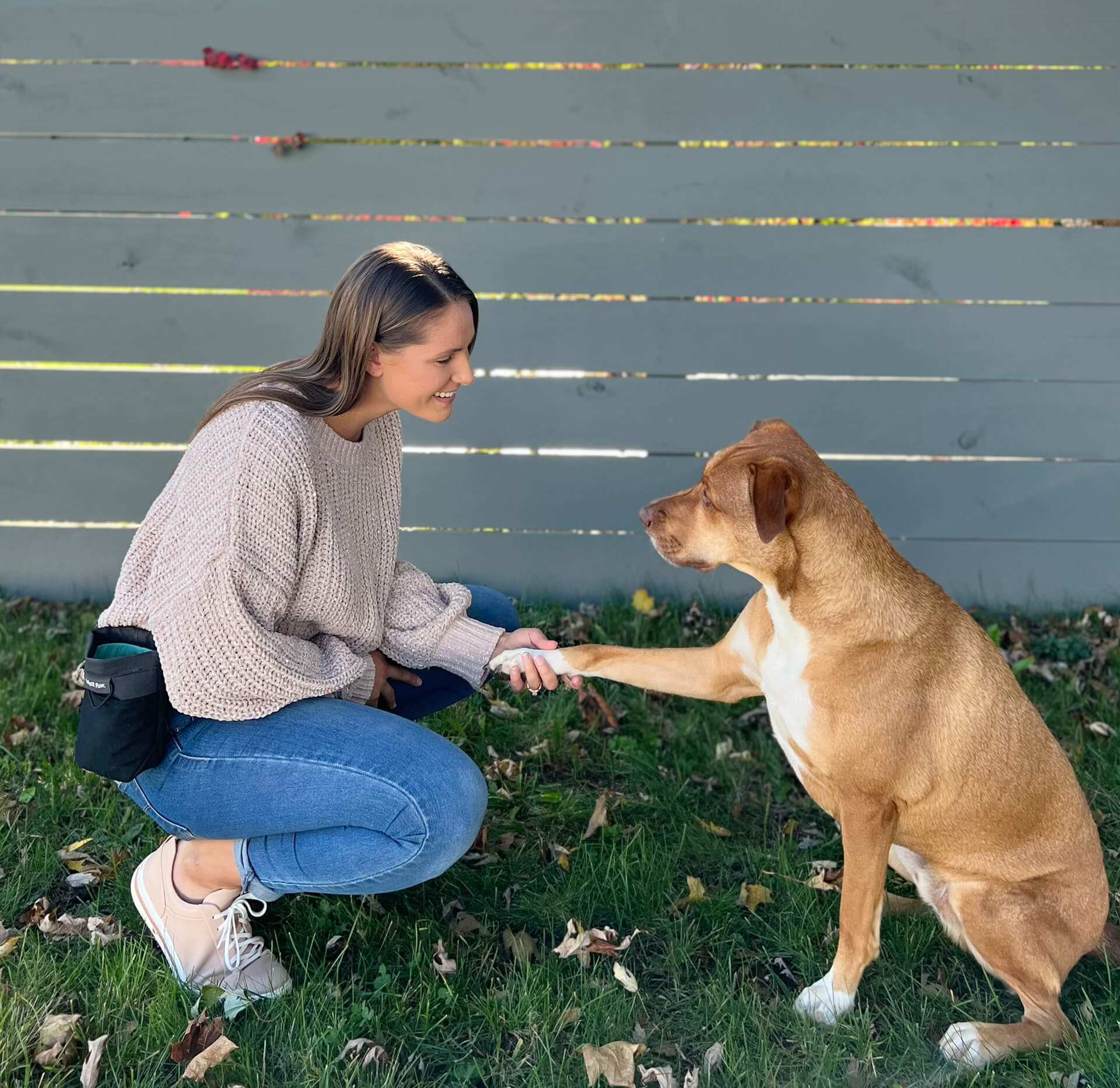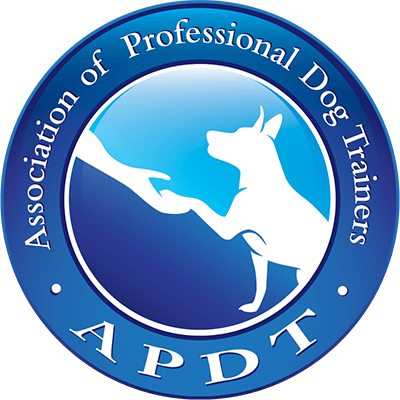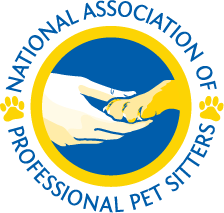The Importance of Training Plans

One of the critical concepts that was driven home during my studies as a KPA-CTP was the importance of creating, having and sticking to a training plan. Without a plan, your training will get messy very quickly. Whether you are teaching your dog to do a new trick or addressing something like reactivity, the key to your success lies in being prepared – for anything!
What is a training plan?
Training plans consist of your goal behavior and the baby steps you plan to use to get there. For example, if I am working with a dog who displays reactive behaviors toward other dogs, my goal would be something like ‘replace reactive behaviors at the sight of a dog with calm check-ins with handler’. This goal provides us with information – the point we are starting from (reactive behaviors); what we are going to do about it (replace reactive behaviors with calmer ones; and what the outcome will look like (calm check-ins). The steps to get from point A to point B are broken down into small, achievable steps: put check-ins on a cue, add low level distractions, then medium level distractions, then high level distractions, work with stuffed dogs at various distances, add new environments, add a neutral dog, add real-world exposure to dogs etc.. The process of creating a training plan allows you to mentally work through what each step may look like, where it will take place, who needs to be involved, what value of reinforcement we may need etc..
Why create a training plan?
When teaching a new behavior it is so important to stick to your plan. For example, I recently wanted to teach each of my dogs “footsies” – how to stand between my legs, place their front feet on my feet and walk with me (see this example by Kikopup). I went against my own advice and jumped in without a training plan, and it was a really frustrating process. I was a mess, my dogs were messes, the environment was a mess! I first tried to take Weaver’s ‘paw’ cue (she targets my left hand with her right paw) and apply it to my foot, but then realized she only knows ‘paw’ as a targeting cue for her right paw, and we’ve never worked with her left. I spent my entire session trying to get her to put her left paw on my foot, and she just wasn’t getting it – and who can blame her, I was being completely unclear. Had I made up a training plan, realized that this problem may arise and a way to resolve it when it did, we both would have been more successful.
When to make changes to your training plan?
The beauty of a training plan is if the dog gets stuck on a step, you are able to look at your plan and go back to when you last had progress. You can then also adjust variables to set the dog up for success. For example, let’s say the ‘reactive dog’ is comfortable around a stuffed dog that does not move from 10 feet away, but reacts to the fake dog when it moves from the same distance. The variables I would change and break down in my training plan would be to 1. Try working with the moving stuffed dog from 20 feet away, 2. Add a mild visual barrier between the two, such as a gate or 3. Change the stuffed dog out for a different one, perhaps smaller or positioned differently. Which of these changes to the environment change how the dog feels? Which of these changes set them up to be more successful? If the dog does not react to the stuffed dog moving from a 20 foot distance, we can break down that distance foot by foot (or in some situations, inch by inch) to help the dog out moving forward.
Why is flexibility key?
Aside from needing to backtrack to the last step that was successful, you may find that your dog surprises you with progress and is ready to leap to the next step sooner than expected! It is fun when this happens, especially when working through a tough behavioral challenge (savor the moments of relief and success!), but can also be stressful if you are not prepared. Let’s go back to my first example of “footsies”. Had it suddenly clicked for Weaver that rewards appear when she has both of her feet on mine, and I was not prepared for her next step, we would likely both experience mild stress, frustration and confusion. I may have started walking forward, which would likely result in her losing balance, then find standing on my feet unpleasant and therefore she may be less willing to offer that behavior in the future. Instead, had I created a training plan, I would be able to refer to it for my next step – wiggle my feet so she gets comfortable with the movement and sensation.
Now back to the example of a dog presenting reactive behaviors. Let’s say we present him with a stuffed dog from 30 feet away, and the dog does not have an emotional reaction. Unexpected, but great! But… now what? Do we remove all visual barriers? Do we then present the dog from 10 feet away, maybe 5 feet away? Do we move the stuffed dog around? This would be a good time to go back to your training plan and reassess your next steps, rather than experimenting with the dog’s emotions!
So… How do I make a training plan?
It takes practice, consistency and intention to get used to working with training plans. I would be happy to help you accomplish your training goals by creating a training plan as a team! Feel free to contact me for future assistance. Happy training!






